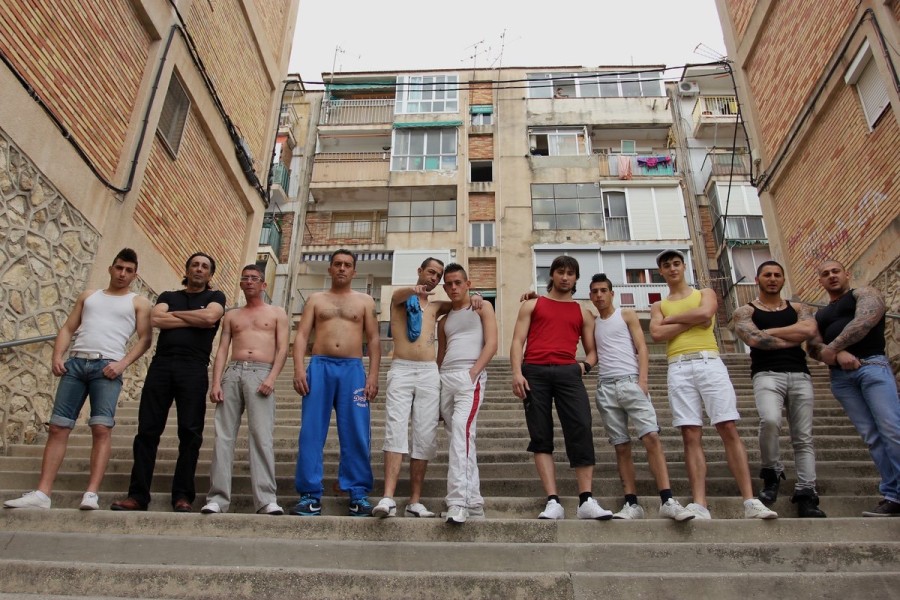Cine Quinqui: A human approach to entertainment
The obscure film genre that originated in Spain is being featured at Spectacle Theater from April 3-29.
April 18, 2023
Cine Quinqui, a film genre that originated in Spain and centers the lives of adolescents from marginalized communities, emulates the Robin Hood mentality, highlighting unspoken, raw stories of the destitute over polished mainstream cinema. It is a movement about the people and for the people, and is considered to be among the more obscure film genres. This cinematic field rose during the ’70s and ’80s — Spain’s years of democratic reform after the fall of dictator Francisco Franco.
In the wake of the dictatorship, children and young adults in Spain began to clamor for depictions of reality rather than idealized theatricalities, a sentiment that laid the perfect groundwork for the upsurge of Quinqui movies. Violence, drugs, poverty and sex — these made up the reality lived by Spanish adolescents of the working class.
Director Carlos Salado, a key figure of the Quinqui movement, visited NYU’s King Juan Carlos I of Spain Center earlier this month for a screening of his film, “Mala Ruina.” The film is a spin-off of his other movie, “Criando Ratas” (“Raising Rats”), and its screening was accompanied by a discussion with NYU alum Casilda García López. “Mala Ruina” follows the lives of juvenile delinquents, and is a depiction of the desperation for survival felt by low-income classes — a plight which ultimately leads some to turn to crime and drugs as an escape.
The beauty of “Mala Ruina” is the distinct and unusual creative process Salado employed. At the event, he explained that instead of writing a script, he guides actors by telling them how they are supposed to feel, allowing them to express their emotions through the words and actions they believe are most faithful to their character. This alternative approach to writing and directing a script adds another layer of reality to the film, and reflects the larger aims of the Quinqui genre. To expand accessibility to “Mala Ruina,” Salado ensured that it was posted openly on YouTube.
“I didn’t want economic profit,” Salado said at the screening. “I could see the children watching the movie on their phones.”
Spectacle Theater, a screening room in Brooklyn with the goal of sharing modern and unconventional films, put in an effort to bring highlights of the Cine Quinqui movement to the public eye. Between April 3rd and April 29th, the theater is presenting three of the most lauded Quinqui movies produced — “Deprisa, Deprisa” (“Faster, Faster!”) by Carlos Saura, a movie portraying the suffering brought by the entangling cycle of a delinquent life; “Yo, ‘El Vaquilla’” (“I, ‘The Heifer’”) directed by José Antonio de la Loma and his son, a depiction of Juan Jose Moreno Cuenca’s life story, filled with solitude and violence during his orphanhood, and finally, the aforementioned “Criando Ratas” by Salado.
The public is given the opportunity to view something real thanks to Spectacle Theater showing these Quinqui movies. What these movies, and the genre as a whole, do best is present an unvarnished portrayal of reality. Cine Quinqui unflinchingly displays what only a few people had expressed in the past: the consequences of an unequal society in which children grow up thinking that a lesson is a beating, freedom is a drug and safety is a privilege.
Contact Marta Muñoz-Rojas Szpilka at [email protected].

























































































































































